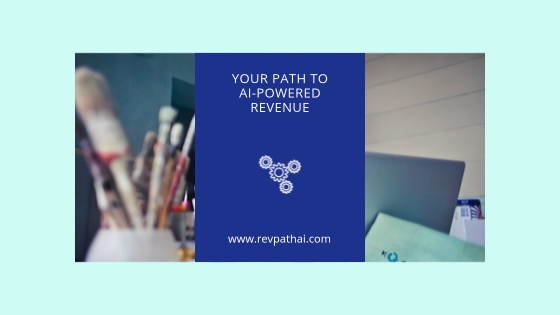Why Traditional Demand Generation Fails in APAC ?
RevPath AI


Why Traditional Demand Generation Models Fail in APAC ?
The Copy-Paste Problem: One Strategy Doesn’t Fit All
Many high-growth B2B companies make the mistake of lifting and shifting their proven demand generation models from EMEA or the Americas into APAC. The issue? APAC is not a single market—it's a dynamic region of 48 countries, hundreds of languages, and widely varied digital ecosystems. According to McKinsey, localization is not just about translation—it’s about resonance, especially in high-context cultures like Thailand, Vietnam, Japan, Korea or Indonesia.
Digital Behaviour Is Fragmented—And That's a Strategic Risk
Unlike the relatively unified digital habits in the West, APAC buyers are scattered across platforms. For example, while LinkedIn is strong in ANZ and Singapore, platforms like Line (Japan), WeChat (China), and TikTok (SEA) dominate elsewhere. Western demand gen stacks often fail to track engagement or conversions in these ecosystems. Without localized strategies, companies burn ad budgets with poor ROI.
Buying Behaviour Is fundamentally Different
How many western entreprises have tried a Product Led Growth (PLG) motion in APAC and succeeded? Not many to be entirely honest. A large number of regional markets rely on human trust as opposed to digital trust. Your product might be the best in its category but in APAC clients are prepared to compromise on product quality if they get the reassurance that you will be there for them - as humans - when things take the wrong turn. No matter how good your overall value proposition is, building a human trust with your clients is a critical success factor.
The People Problem: Hiring Is Expensive and Slow
Building an in-house demand gen team across APAC often requires regional hires who understand local nuances AND western culture. But recruiting is costly and time-consuming—especially for startups and scaleups. That’s where an agile partner like RevPathAI becomes valuable: delivering growth without the operational drag of building from scratch.
